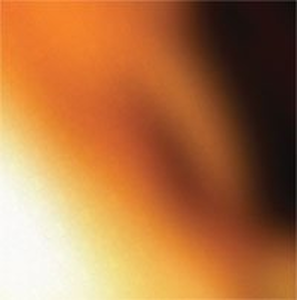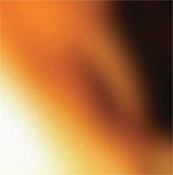Information
- Publication Type: Conference Paper
- Workgroup(s)/Project(s):
- Date: November 2002
- Publisher: Akademische Verlagsgesellschaft Aka GmbH, Berlin
- Booktitle: Vision, Modeling and Visualization 2002
- Pages: 155 – 162
Abstract
Current graphics hardware offers only very limited support for convolution operations, which is primarily intended for image processing. The input and output sample grids have to coincide, making it impossible to use these features for more general filtering tasks such as image or texture resampling. Furthermore, most hardware employs linear interpolation for texture reconstruction purposes, incurring noticeable artifacts. Higher-order interpolation via general convolution is able to remove most of these artifacts. Real-time applications currently do not consider higher-order filtering due to lack of hardware support. We present algorithms for extremely fast convolution on graphics hardware. This framework can be used for general convolution tasks, but is especially suited to substituting the native bilinear or tri-linear interpolation currently used for texture magnification, while still achieving frame rates of up to 100 frames per second for full screen filtering with bi-cubic interpolation.Additional Files and Images
Weblinks
No further information available.BibTeX
@inproceedings{Hadwiger-2002-Fas,
title = "Fast and Flexible High-Quality Texture Filtering With Tiled
High-Resolution Filters",
author = "Markus Hadwiger and Ivan Viola and Thomas Theu{\ss}l and
Helwig Hauser",
year = "2002",
abstract = "Current graphics hardware offers only very limited support
for convolution operations, which is primarily intended for
image processing. The input and output sample grids have to
coincide, making it impossible to use these features for
more general filtering tasks such as image or texture
resampling. Furthermore, most hardware employs linear
interpolation for texture reconstruction purposes, incurring
noticeable artifacts. Higher-order interpolation via general
convolution is able to remove most of these artifacts.
Real-time applications currently do not consider
higher-order filtering due to lack of hardware support. We
present algorithms for extremely fast convolution on
graphics hardware. This framework can be used for general
convolution tasks, but is especially suited to substituting
the native bilinear or tri-linear interpolation currently
used for texture magnification, while still achieving frame
rates of up to 100 frames per second for full screen
filtering with bi-cubic interpolation.",
month = nov,
publisher = "Akademische Verlagsgesellschaft Aka GmbH, Berlin",
booktitle = "Vision, Modeling and Visualization 2002",
pages = "155--162",
URL = "https://www.cg.tuwien.ac.at/research/publications/2002/Hadwiger-2002-Fas/",
}


 Paper
Paper
